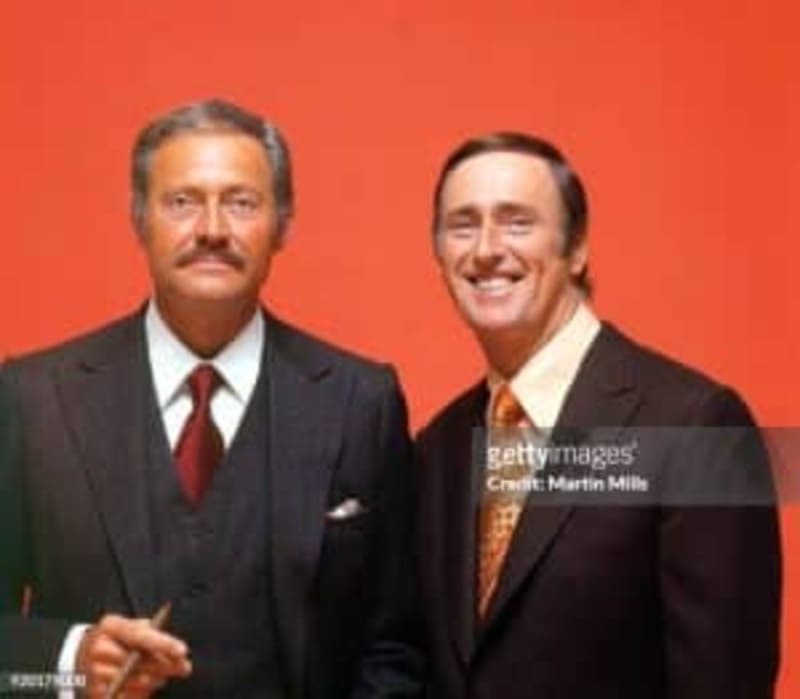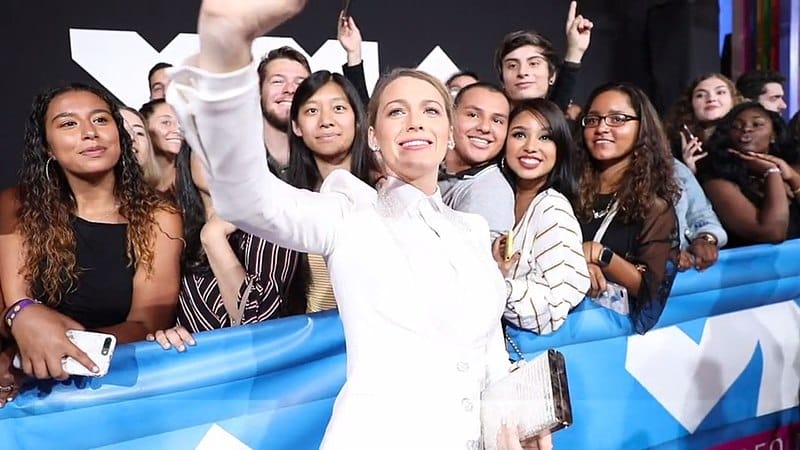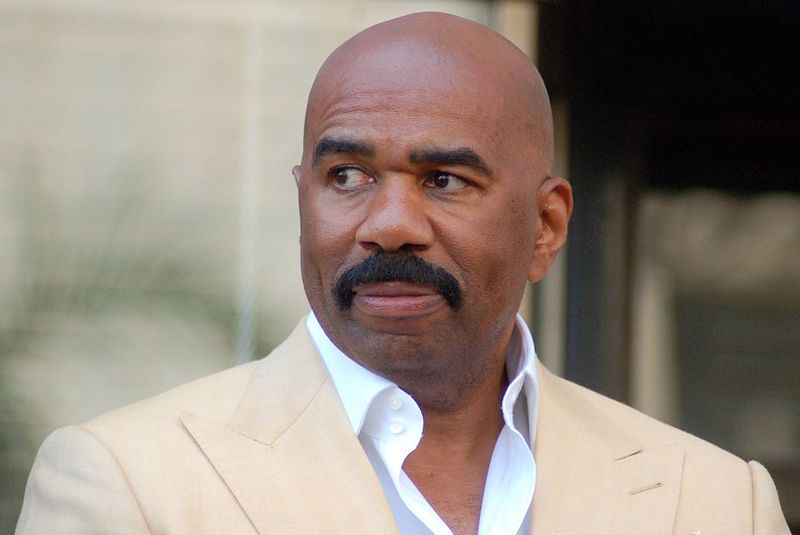Television started moving away from traditional comedy programming in the late 1960s, but Rowan & Martin’s Laugh-In made its mark.
Sure, viewers could still find any number of sitcoms or variety shows on the Big 3 networks. CBS, NBC, and ABC knew, though, that times were changing. A lot of societal movements were happening in the latter part of the ’60s. And networks were still adamant about their own “Standards and Practices” departments having their say. You weren’t going to find any performer or television show having a single “damn” in its show.
Yet attracting a younger, hipper demographic was driving a lot of network decisions. CBS made a pretty hardcore call in the early 1970s by leaning away from “rural” programming. Canceled shows included The Beverly Hillbillies, Green Acres, and Petticoat Junction.
NBC, though, wasn’t looking to dump its network choices. They saw an opportunity when George Schlatter presented them with Rowan & Martin’s Laugh-In. This show was really different from other programming. But it also had some similarities to variety shows in the 1950s.
Comedy Was Pretty Good With This Cast
American actress Goldie Hawn wears body paint and a bikini in a promotional portrait for the television series, ‘Laugh-In’, US, 30th June 1968. (Photo by Michael Ochs Archives/Getty Images)When Rowan & Martin’s Laugh-In debuted in January 1968 on NBC, it took sketch comedy to a whole new level. Dan Rowan and Dick Martin established themselves prior to this show as a comedy team. They’d made appearances on The Ed Sullivan Show, giving them credibility with the TV audience.
Standing behind Dan and Dick was a colorful set, making it stand out at a time when color televisions were still a little new. They’d usually spend 5-8 minutes joking back and forth with one another. Rowan was the Straight Man while Martin dug in for the laughs.
This show’s cast, however, was filled with fresh faces. They included Judy Carne, Ruth Buzzi, Arte Johnson, Larry Hovis, Henry Gibson, Jo Anne Worley, and Goldie Hawn. Gary Owens, whose name was synonymous with being a DJ in Los Angeles along with voiceover work, was the show’s announcer.
There were a lot of what might be termed “quick cuts” between sketches. One running gag was to have a guy ride a tricycle into a wall or fire hydrant. Then, he’d dump over to one side or the other. Carne was known as the “Sock it t0 Me!” girl on there. She’d wail that saying, which brought on an immediate bucket of water.
Goldie Hawn etched her own space by being dingy. She’d laugh in the middle of giving a line. Or Hawn would appear on screen with colorful tattoos on her bikini-clad body. This show helped establish Hawn as a successful actress. She didn’t stay until the show’s end. But Rowan & Martin’s Laugh-In played a big part in her future success.
Laugh-In Added Its Own Touch To Comedy
During its five-season run on NBC, Rowan & Martin’s Laugh-In made its mark on the world of comedy. Schlatter kind of took a page from old-school comedy performed on stage. In the 1920s and ’30s, comedians either told jokes or did impressions. Some even told long stories, filled with funny asides. They were called monologists. This trend continued when watching people like Johnny Carson do his monologue on The Tonight Show Starring Johnny Carson. You see this happening on current nightly talk shows, too.
This hour-long variety show made fun of a lot of people. It wasn’t too difficult to know that the show’s writers picked at political sides all the time. Making fun of politicians became a running joke, too. But former President Richard Nixon even wandered into the show’s studios. Yes, Nixon can be seen in a real quick moment uttering, “Sock it to me.”
Celebrities flocked to be a part of Rowan & Martin’s Laugh-In. James Garner, Milton Berle, Jerry Lewis, Leonard Nimoy, Barbara Feldon, Sally Field, Bob Hope, Jill St. John, Desi Arnaz, Jim Backus, and a host of many more stopped by. They would look into the camera and tell a joke. Some of them teamed up with Hawn or Carne, again, telling a joke.
A few of them even had sketches just for themselves. Sammy Davis Jr., who could appear as himself, also cornered a repetitive role as a judge. Davis would strut in front of the camera, say a couple of lines, and end it by saying, “Here comes the judge.”
Mixing sketches with rapid-fire jokes and short vignettes became a winning recipe. The show was hot and people tuned in on Monday nights to see what would happen. Ultimately, though, Rowan & Martin’s Laugh-In started to lose its luster. In 1973, the show was canceled.
All These Years Later, Laugh-In Has An Audience
Now, 1973 is a long time ago. Times and trends change over the decades. That’s definitely the case when it comes to what viewers like to see. Of course, comedies have their own spot on the TV scene. They’ve been able to adjust and change content, jokes, and cast members.
Yet nostalgia has a prominent spot for TV viewers. People grow up, and generations change, but “funny” is always a beloved thing. Networks like Nick at Nite, TV Land, and MeTV have given the “baby boomers” a home for numerous reruns. You name it, that show appeared or does appear in the lineup.
Rowan & Martin’s Laugh-In has its fan base. They’ll follow Dan, Dick, and the rest of them wherever they land. These days, fans can find some seasons on PlutoTV. Other streaming platforms may have all the episodes available. Nonetheless, there is a viewership for the utter hilarity this show produced.
In some cases, one might believe modern-day sketch comedy (which rarely happens outside of Saturday Night Live) was influenced by Schlatter’s baby. But this show remains beloved, giving its fans a look into the life and times of American society.
For More Entertainment Insights…
Total Apex is an all-encompassing content producer. We provide heavily-detailed articles daily on entertainment, gaming, sports, and so much more! Check out all our great sports content Total Apex Sports. Check us out on X @TotalApexEandG and our other sites: Total Apex Sports Bets and Total Apex Fantasy Sports.





